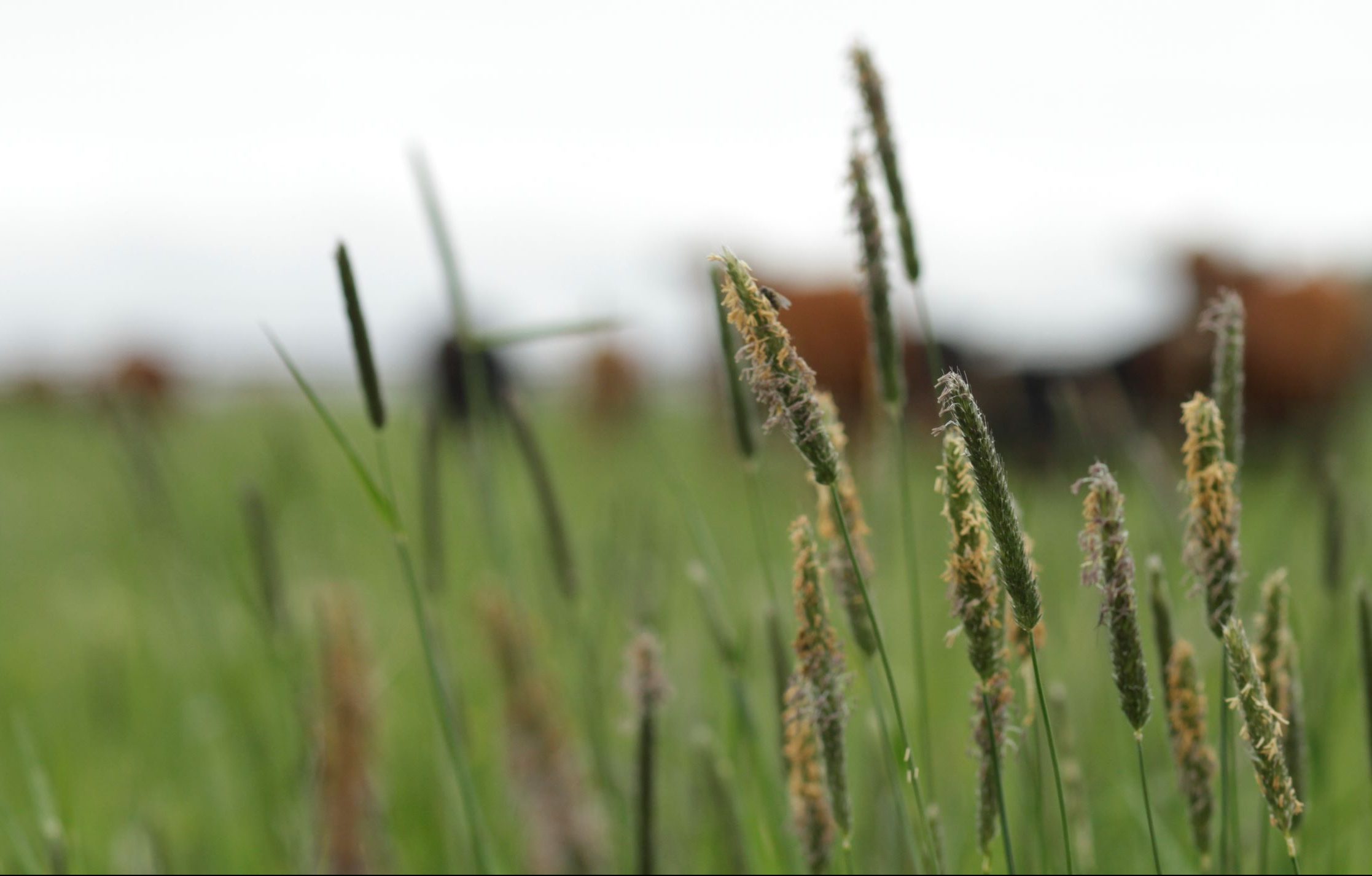AB Direct - Steers
Rail: ---
AB Direct - Heifers
Rail: ---
US Trade- Steers
Rail: 290.00 (IA)
US Trade - Heifers
Rail: 290.00 (IA)
Canadian Dollar
0.02

Canfax Weekly Article | Report for the week of July 12, 2021
Alberta direct cattle sales saw moderate volume trade last week with weighted average prices closing $2.28 and $3.14/cwt lower than the previous week for steers and heifers respectively. Dressed prices were generally $3-4/cwt lower than the previous week’s rail average in a full $258-263/cwt delivered trade range. Light live trade was reported comparable with rail sales at $154.50/cwt. Western Canadian fed cattle slaughter for the four-day week ending July 3rd was not surprisingly 18% smaller than the previous week and YTD Western fed slaughter was 19% larger totaling 1,071,238 head. Canadian fed cattle/cow exports to the US for the week ending June 26th were mostly steady with the previous week at 4,114 head.
Auction volumes were light last week and prices trended steady to lower. Over the past couple of weeks there has been a good mix of grass yearlings and background feeders trading on the cash market. In spots, lighter fleshed steers coming out of background lots are not trading at much of a discount compared to grass cattle. The largest price difference between background and grass cattle is showing up on heifers. Last week, BC and SK steer calves weighing from 500-600 lbs for October/November delivery traded from $212-241/cwt with a weighted average price of $224.48/cwt based at 553 lbs. On average same weight heifers were priced $25/cwt back of the steers. Forward delivery calf prices are not too far out of line with current cash prices.
With the July 1st holiday, small sale volumes were noted last week with only a few auction facilities running sales. The auction marts that did run a sale were reporting over 50% of their offering was non-fed cattle. Drought pressure continues to be evident as there has been more cow/calf pairs and non-fed cattle on the market compared to what would normally be on offer for this time of the year. From their first half of the year high in mid-June, butcher cow prices have dropped $5-8/cwt. June was a big cow slaughter month for Western Canada, cow slaughter totaled over 28,000 head, the largest slaughter since 2010. YTD Canadian bull exports are down 22% compared to last year, with fewer bulls being exported to the US more are being slaughtered in Canada.
Bull.
- Exports are strong with Ractopamine free beef continuing to head to China
- Summer fed supplies are manageable
Bear.
- Non-fed slaughter supplies could surge larger
- Moisture across the prairies has been limited
- Ample US market ready supplies will discourage Canadian live fed exports
For over 50 years, Canfax has provided expert analysis of markets and trends in the ever changing North American beef industry. In this new millennium, cattlemen, feedlot managers, and agri-business professionals will continue to rely on up-to-the-minute information as an essential tool for maximizing profit in today’s beef sector. Whether your operation needs to plan for three hours or three years into the future, Canfax delivers timely, accurate information for 21st Century cattle industry professionals.
Those interested in becoming Canfax members can sign up on the website at www.canfax.ca
Disclaimer: Not for further distribution without permission from Canfax
Leave a Comment
Add abpdaily.com to your home screen
Tap the menu button next to the address bar or at the bottom of your browser.
Select ‘Install’ or ‘Add to Homescreen’ to stay connected.



Share this article on